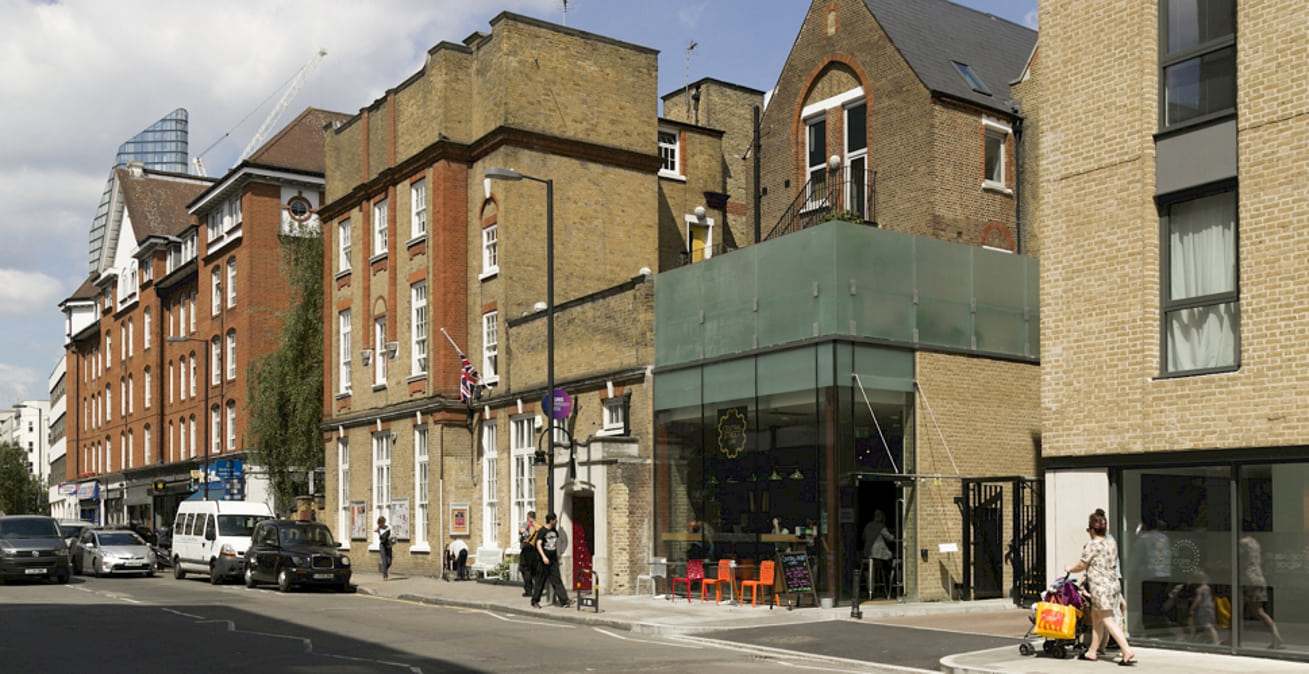Navigating the Transformation: Islington St Luke’s Change of Use
Introduction: Islington St Luke’s, a landmark in the heart of North London, has undergone a transformative journey in recent years with its change of use. This historic building, once a place of worship, has been repurposed into a dynamic space serving the evolving needs of the community. In this article, we delve into the fascinating story behind Islington change of use, exploring its rich history, the reasons behind the transformation, and the positive impact it has had on the local landscape.
Understanding Islington St Luke’s History: Originally built in the mid-19th century, Islington St Luke’s served as a church for over a century, providing solace and spiritual guidance to generations of residents in the area. Its imposing architecture and ornate interior made it a cherished cultural and architectural gem in Islington. However, as societal trends shifted and religious affiliations waned, the church faced dwindling congregations and maintenance challenges.
The Decision for Change: Facing the reality of declining attendance and the need for extensive repairs, the custodians of Islington St Luke’s were confronted with a pivotal decision: either continue struggling to maintain a traditional place of worship or embrace change and reimagine the space for a new purpose. After careful consideration and community consultations, the decision was made to repurpose the building, marking the beginning of an exciting new chapter for Islington St Luke’s.
Transformation into a Community Hub: The transformation of Islington St Luke’s was guided by a vision to create a vibrant community hub that would serve as a focal point for social, cultural, and educational activities. Through innovative design and adaptive reuse strategies, the once-sacred space was reinvented to accommodate a diverse range of functions and events. The renovation preserved many of the building’s original features while integrating modern amenities and accessibility features.
Today, Islington St Luke’s stands as a testament to the power of adaptive reuse, seamlessly blending its historical charm with contemporary functionality. The space now hosts a variety of events, including art exhibitions, live performances, workshops, and community gatherings. From yoga classes to cooking demonstrations, there is something for everyone at Islington St Luke’s, fostering a sense of inclusivity and belonging within the community.
Impact on the Local Landscape: The change of use at Islington St Luke’s has had a profound impact on the local landscape, breathing new life into a once-dormant corner of the neighborhood. The revitalized space has become a cultural hotspot, attracting visitors from across the city and beyond. Its diverse programming and welcoming atmosphere have helped foster connections and forge friendships among residents old and new.
Moreover, the transformation of Islington St Luke’s has catalyzed broader revitalization efforts in the surrounding area, spurring economic growth and investment in local businesses. Restaurants, cafes, and shops have sprung up in the vicinity, drawn by the increased foot traffic and sense of community generated by Islington St Luke’s.
Looking to the Future: As Islington St Luke’s continues to evolve and adapt to the changing needs of the community, its future remains bright and promising. The space serves as a beacon of creativity, collaboration, and cultural exchange, enriching the lives of all who pass through its doors. With ongoing support from the community and dedicated stewards guiding its trajectory, Islington St Luke’s is poised to remain a cherished institution for generations to come.
In conclusion, the change of use at Islington St Luke’s represents a remarkable example of adaptive reuse done right. By breathing new life into a historic building, the transformation has not only preserved its architectural heritage but also revitalized the surrounding neighborhood. As we celebrate the success of Islington St Luke’s, we are reminded of the power of vision, collaboration, and community in shaping the places we call home.





